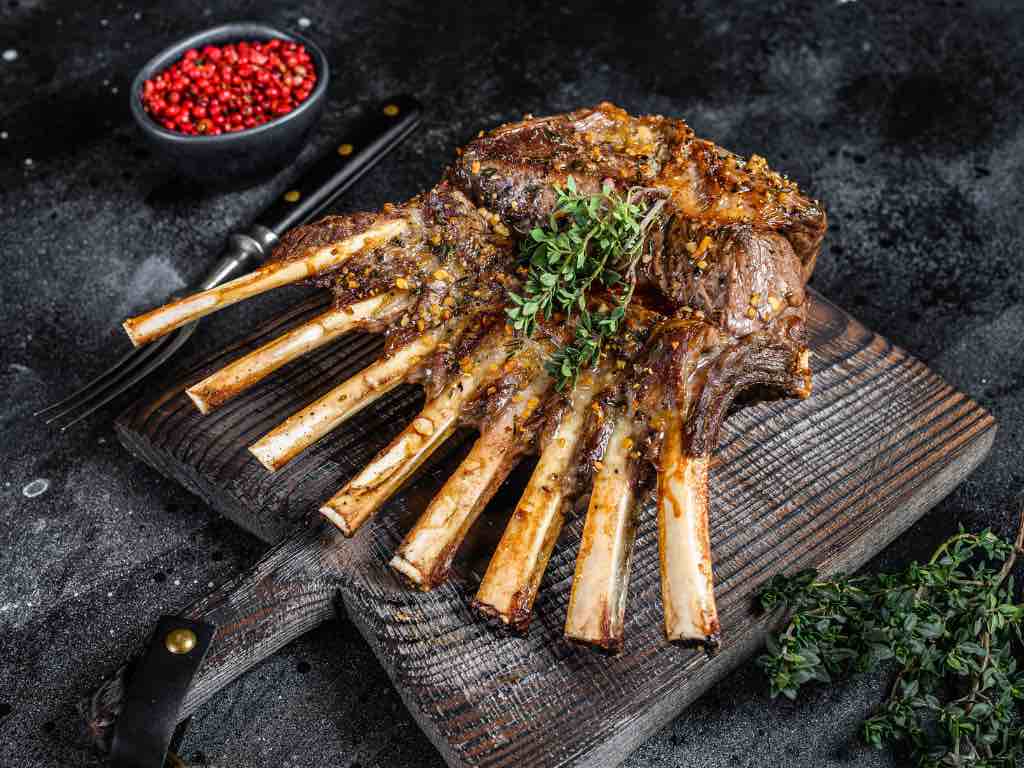
What Does Lamb Taste Like? Everything You Need to Know
|
|
Time to read 5 min
Welcome to One Stop Halal!
Written by: Najma A.
|
|
Time to read 5 min
If you’ve never tried lamb, you might wonder what this popular meat tastes like. Is it similar to beef? Does it have a strong, gamey flavor? Or is it mild and easy to eat? Understanding the taste of lamb involves more than just a quick bite—it’s about the unique combination of flavors, textures, and aromas that set it apart from other meats. In this post, we’ll explore everything that contributes to what does lamb tastes like distinctive taste, from its fat content to how it’s prepared and how you can make the most of this delicious meat in your kitchen.
The taste of lamb can be described as rich, earthy, and mildly gamey. Its tender texture quickly absorbs flavors from spices, herbs, and marinades. Unlike beef, which has a more straightforward savory flavor, lamb has a distinct profile that makes it stand out. This unique taste is due to several factors, such as what does lamb chops taste like:
The flavor of lamb can vary significantly depending on several factors. Here are some key elements that influence how lamb tastes:
How you prepare lamb can significantly affect taste. For example, marinating lamb in herbs and spices can help mellow out any gaminess and enhance its natural flavors. Lamb is versatile and can be grilled, roasted, braised, or even smoked, each method adding its unique layer to the flavor.
Lamb's rich flavor profile lends itself well to various seasonings, which can highlight or mask its natural taste. Here are some popular flavor pairings:
If you're trying to decide whether you'd like a lamb, it might help to compare it to other meats. Here's a quick breakdown:
Beef is typically milder and less fatty than lamb, with a more straightforward savory flavor. Lamb's gameness can be stronger than beef's, but it's also more tender and has a unique sweetness.
Goat meat is often compared to lamb because they both have a slight gaminess. However, the goat is usually leaner and more challenging, with a more robust, pungent taste. Lamb is milder and more tender in comparison.
Lamb is a staple in many cuisines worldwide, and its preparation can greatly influence its taste. Here's a look at some popular regional dishes:
While many people love lamb for its unique taste, others find it too gamey or strong. Here are some common reasons people might avoid lamb:
If you’re new to lamb, there are a few ways to ease into its flavor:
Welcome to the Home of Halal Lamb. We carry various lamb cuts that are hard to find elsewhere. We deliver to your doorstep anywhere in the United States within 1-2 business days.
Lamb is a rich, tender meat with unique flavors ranging from mild and sweet to robust and gamey. With the proper preparation and seasonings, lamb can be a delightful addition to your culinary repertoire. What does lamb meat taste like? If you’re a seasoned lamb lover or a curious newcomer? Dishes to explore and enjoy. So why not try the lamb and see how this distinctive meat can bring a new depth to your meals?

© 2026 One Stop Halal, Inc.